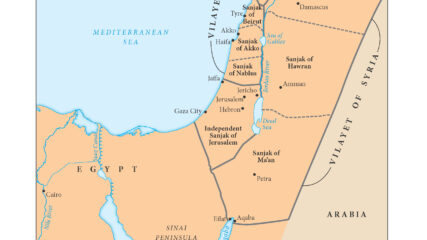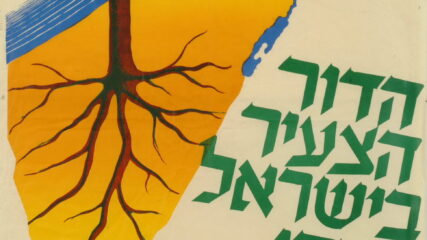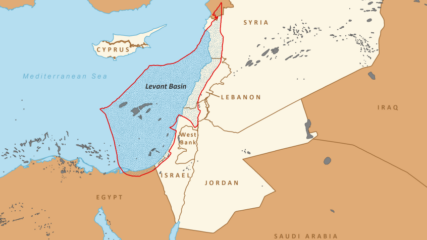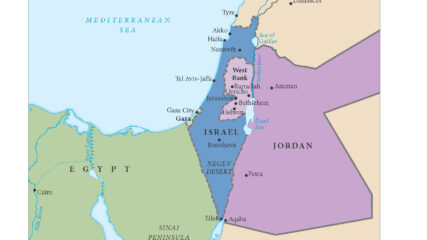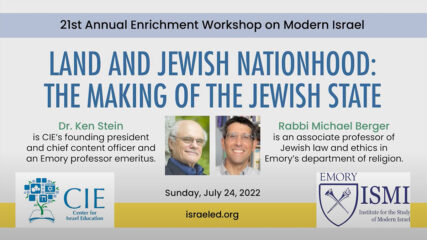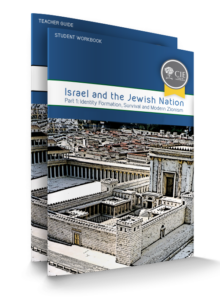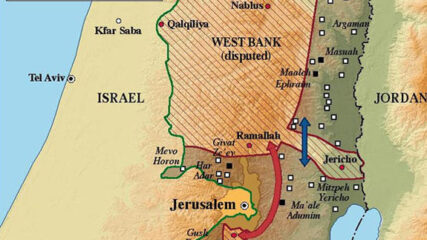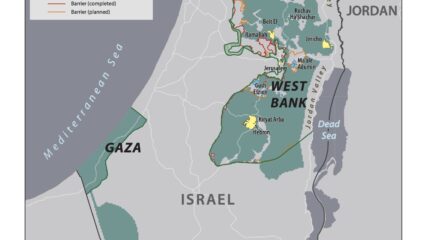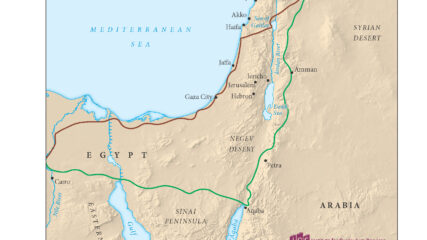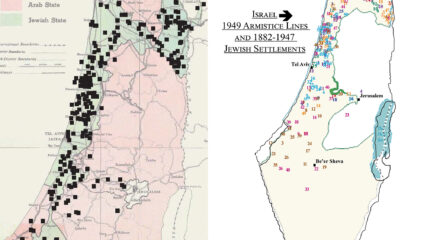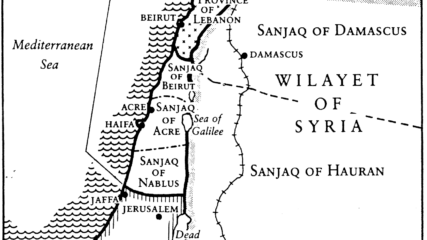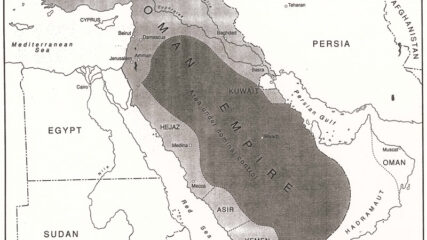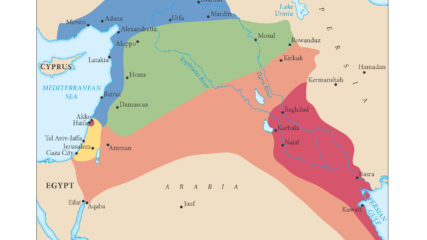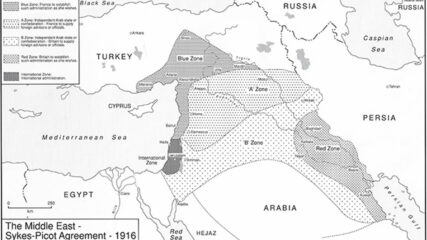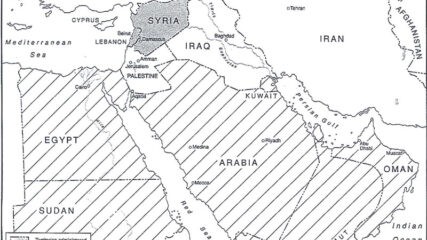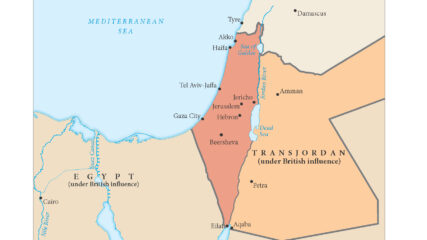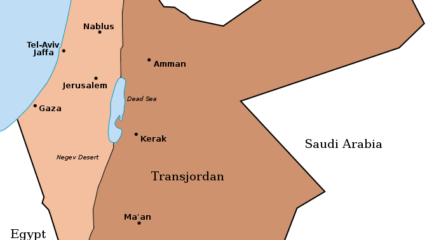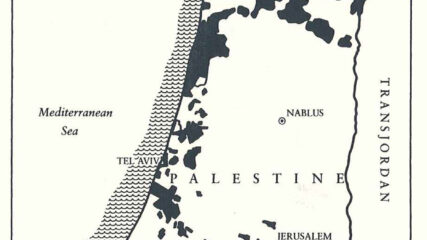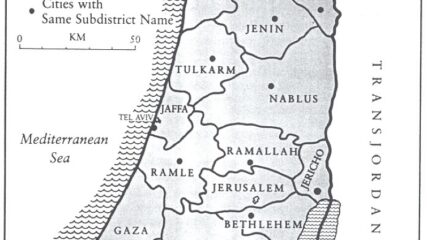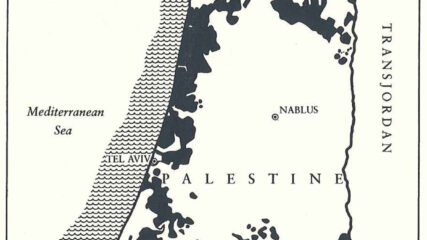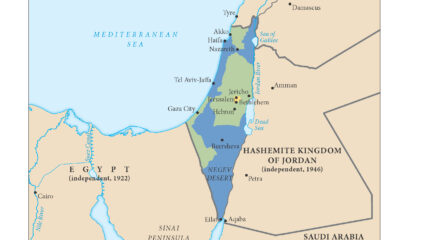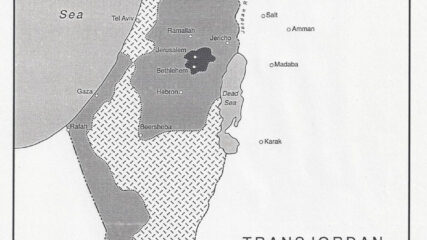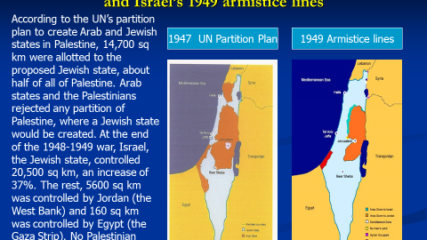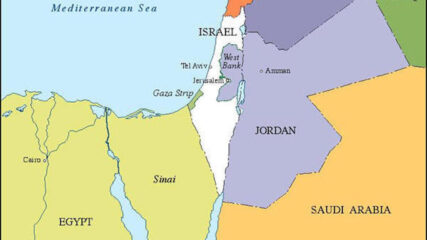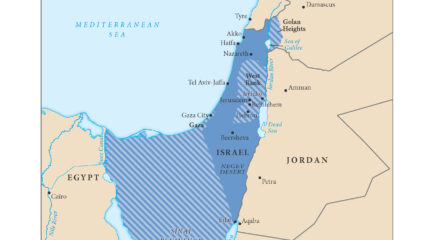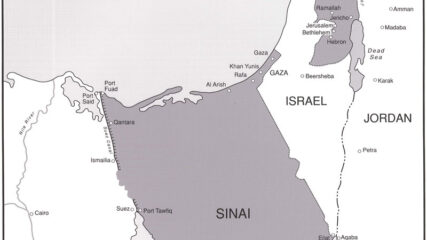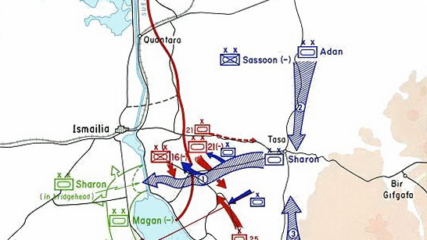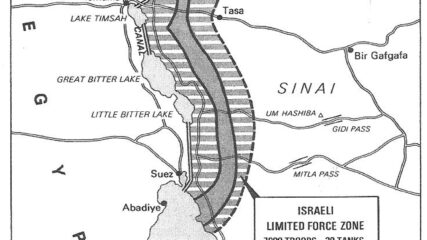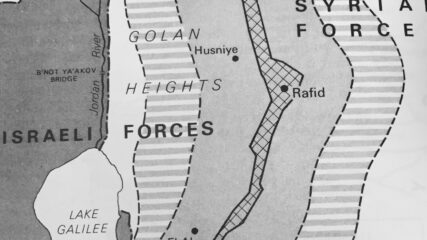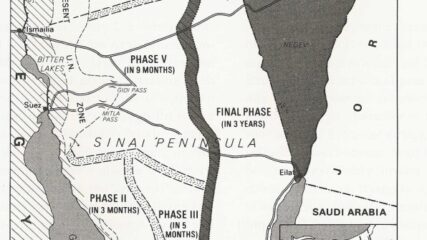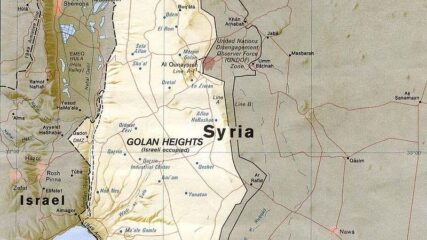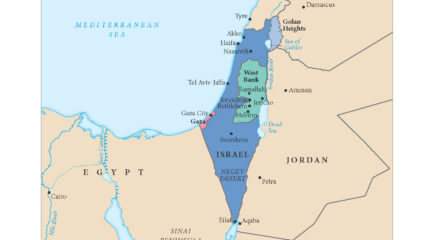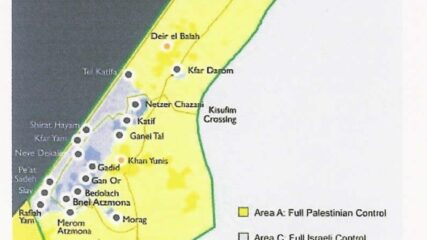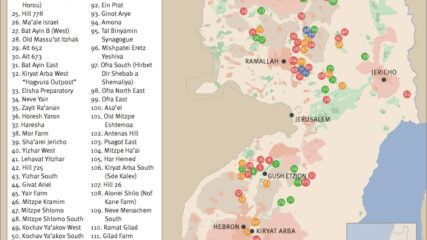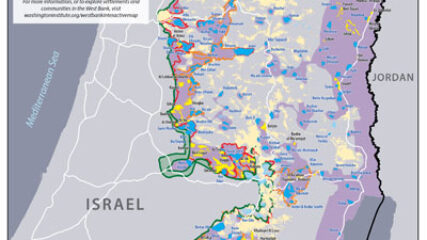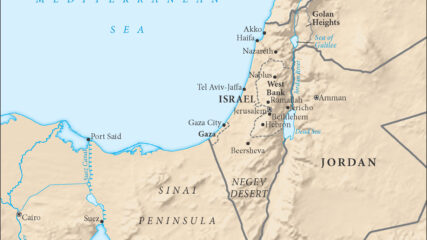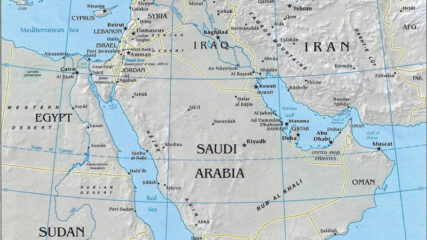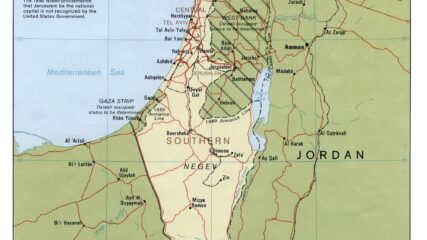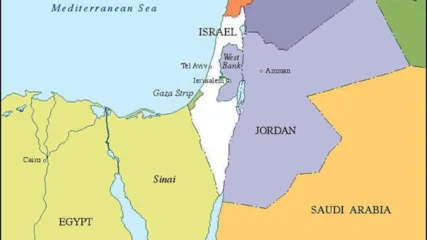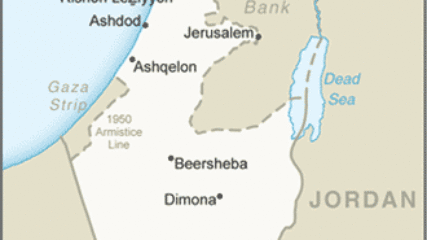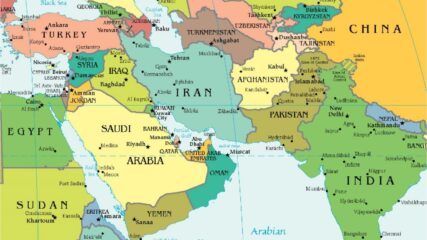March 24, 2025
By Ken Stein and Scott Abramson, March 23, 2025 Zionist/Jewish Economic Development in Palestine Before 1948 Jewish physical growth in Mandatory Palestine in the period known as the New Yishuv was sufficient through land acquired...
June 13, 2021
Compiled by Dr. Ken Stein, June 2021 These sources and references unfold the history of the Jewish state through 1949, from state-seeking to state-making to state-keeping.
July 5, 2023
From 1898 to 1948, Zionism evolved from an idea to a concrete reality: the actual establishment of the Jewish state, Israel. Slowly, a few immigrating Jews created facts by linking people to the land. For half a century, fortuity and fortitude made the Zionist undertaking a reality. They exhibited pragmatism and gradually constructed a nucleus for a state. Through perseverance Zionists empowered themselves.
August 21, 1933
August 21, 1933 J. Elazari – Volcani (Issac Vilkanski) SYSTEMATIC AGRICULTURAL COLONIZATION IN PALESTINE REPORT PRESENTED AT THE XVIIITH ZIONIST CONGRESS PRAGUE, 1933 Special Printing from the Protocol of the XVIIIth Zionist Congress 1934 Published...
November 2, 1917
British Foreign Ministry promises to set up a Jewish National Home in Palestine with no harm to non-Jewish populations, or to Jews living elsewhere who might want to support a Jewish home.
April 25, 1920
April 25, 1920 In April 1920, the San Remo Conference in Italy determined the boundaries of the territories captured by the allies during World War I. These included boundaries for the political existence of Syria,...
August 16-October 1, 1930
The sale of Zirin Village to the Jewish National Fund was collusively undertaken by a local Arab family through the British Courts in Palestine. The process intentionally avoided financial compensation to the resident Arab occupants.
February 5, 1930
Two letters detail how Arab peasants are sometimes swindled out of their lands by Arab land brokers and effendis, noting economic harm to them, and how they learn to avoid landlords and sell directly to Jewish buyers. Intra-Arab communal tension rises.
1989
Kenneth Stein, “Rural Change and Peasant Destitution: Contributing Causes to the Arab Revolt in Palestine, 1936-1939,” John Waterbury and Farhad Kazemi (eds.), Peasants and Politics in the Modern Middle East, Florida International University Press (1989), pp. 143-170....
December 31, 1937
With more Arab sale offers than funds for purchases, Zionist leaders decide on strategic priorities and designate areas around Haifa, Jerusalem-Jaffa road, and the Galilee near headwaters of the
Jordan River.
1931-1949
These Palestinian Arab newspaper materials and other quotations about Arab land sales to the Zionists during the British Mandate were first read and collected at the National Library at the Hebrew University on the Givat...
May 23, 1939
Zionist leaders—David Ben-Gurion, Chaim Weizmann and Eliezer Kaplan—learning of the British intent to limit severely the Jewish national home’s growth. Increasingly, they are also aware of the German government’s hostilities towards European Jewry.
January 29, 2025
Kenneth Stein, “Palestine’s Rural Economy, 1917-1939,” Studies in Zionism, Vol. 8, No. 1 (1987), pp. 25-49. During the early decades of the 20th century in Palestine, the majority Arab population sustained itself primarily through agricultural and pastoral...
June 2020
Kenneth W. Stein, “Zionist Land Acquisition: a core element in establishing Israel,” in Michael J. Cohen, (ed.) The British Mandate in Palestine: A Centenary Volume, 1920-2020, Routledge, 2020, pp. 189-204.
November 10, 1946
The JNF estimated that up to 250,000 dunams (a dunam was a quarter of an acre) could be purchased if funds were available despite Arab opposition to sales and a steep rise in prices. By then, Jews owned 1.6 million dunams of land, with more than half of Palestine not owned by anyone.
1926-1948
Updated August 8, 2025, with a new introduction The Jewish National Fund (JNF), or Keren Kayemet L’Yisrael (KKL), was founded in 1901 after the Fifth Zionist Congress. The goal of the fund was to raise...
February 19, 1936
Zionist leaders debate how to confront proposed British restrictions on Jewish land purchase in Palestine.
June 28, 2020
Using archival and published sources, including materials from the CIE website, CIE President Ken Stein identifies six factors as reasons for the Zionists’ success: Zionist political action, the impaired socio-economic condition of the Arab population,...
1932
Primary sources, reputable scholarship and archival materials collectively show major communal (Arab-Jewish) socio-economic separation, factors that foreshadowed geo-spatial partition.
March 16, 1939
March 16, 1939 Was the area of Palestine excluded from British promises made to Sharif Hussein of Mecca during World War I? A British investigation in 1939 said it was not part of a British...
May 17, 1939
The 1939 White Paper signaled Britain’s readiness to relegate the Jews in Palestine to minority status in a future majority-Arab state.
January 19, 2002
“A Zionist State in 1939,” Dr. Kenneth W. Stein, CHAI (Atlanta), Winter 2002 “Had not the Nazi crimes been committed against Jews during World War II, the Jewish State would have never come true.” So...
November 28, 1945
Circumventing the existing law on prohibition of land sales to Jews, Palestinian Arabs are found selling lands regularly and furtively to Zionists.
November 29, 1947
The 1937 plan to partition Palestine was never implemented. It did, however, remain a workable political option for resolving the conflict between Arabs and Zionists. Britain needed to placate Arab state opposition to Zionism, so it refrained from actively revisiting the partition plan.
1991
Kenneth W. Stein, “One Hundred Years of Social Change: The Creation of the Palestinian Refugee Problem,” in Laurence Silberstein (ed.), New Perspectives on Israeli History: The Early Years of the State, New York University Press,...
April 7, 2025
Stein, Kenneth, “Legal Protection and Circumvention of Rights for Cultivators in Mandatory Palestine,” in Joel S. Migdal, (Ed.) Palestinian Society and Politics, Princeton, (1980): 233-260. In the immediate wake of communal violence that plagued Palestine...

